Keeping your e-scooter clean will not only make it look better, but also last longer and operate more reliably. This guide will show you step by step how to clean an e-scooter - from using the right tools to protecting sensitive parts and taking care of it thoroughly. With these simple tips, your scooter will stay looking like new, and you'll avoid common cleaning mistakes.
A person rides an e-scooter on a grassy path. Pictured are gravel, snow, city streets, and a gravel road.
Step 1: The Right Cleaning Tools
To make your e-scooter shine again, you need a few simple things❗❗:
A soft sponge or microfiber cloth to prevent scratches
A soft-bristled brush for hard-to-reach areas like the hubs or bottom
A mixture of mild soap and warm water
This is enough to remove dirt and grime. Avoid using harsh chemicals or cleaners - they can damage paint and delicate parts. There are also cleaners specifically for e-scooters to protect the electronics.
Step 2: Prepare your electric scooter
Remove the battery/unplug the power cable
👀If your electric scooter can, remove the battery and disconnect the power cable. This will help you avoid short circuits or water damage.
Protect sensitive parts
👀 Be careful not to damage sensitive parts and cover electronic parts such as the charging port, control panel and display with waterproof membranes or suitable covers. You can use cable ties to secure loose cables so that they do not get in the way while cleaning.
Step 3: How to clean properly – step-by-step instructions
Cleaning the frame and footrests
Mix mild soap with warm water in a bucket. Use a sponge or microfiber cloth and wring it out so as not to wipe too wet. For stubborn dirt, circular motions can help. Make sure that water does not accumulate on the scooter or drip into sensitive areas. 🙈
Cleaning wheels and tires
Wheels and tires are often dirty. Use a soft brush to remove loose dirt from the profiles and hubs. You can use a brush and warm water to remove stubborn dirt – the bristles are great for removing stones and dirt from grooves. Then rinse off the soap with a damp cloth or a little water - but don't spray it on the electronics! 🙉
Cleaning the handlebars and controls
You need to be delicate with the handlebars and controls. Wipe them with a slightly damp cloth. The buttons and throttle lever shouldn't get too wet. For tight spaces like around the throttle or buttons, a damp cotton swab is ideal. Then wipe everything down with a dry, lint-free cloth - this prevents rust and electrical problems. 🙊
Step 4: Drying and Inspecting
Drying Tips
To avoid damage, your scooter must be completely dry after cleaning. Wipe all surfaces with a clean, dry microfiber cloth - especially seams, joints and other hard-to-reach areas where water may still be present. If there's a spot the cloth can't reach, compressed air is a good way to blow away any remaining moisture. It's important that everything is dry so that metal parts and screws don't rust.
Inspect for damage and wear
Once your scooter is dry, this is a good opportunity to inspect it. Check the frame for cracks or dents, and look at the tires for cracks, holes or excessive wear? Check the brakes, cables and electronics for wear or loose connections. Is the battery intact? Are there no cracks or holes? If there is a problem, it is best to fix it immediately so that you can continue to ride safely.
Step 5: Apply care products
Silicone spray and lubricant
If your scooter is clean and dry, you can extend its life with silicone spray and lubricant. To prevent rust, spray silicone spray on exposed metal parts - but not on the brakes, otherwise their grip will be reduced. Lubricate moving parts such as hinges or brackets with a suitable lubricant.
Assembly and final inspection
Remove all protective films and re-apply any removed films. Make sure all covers are secure and the battery is properly connected. Test the brakes, lights and throttle.
RCB's tips to keep your electric scooter in top condition
😊Make a cleaning schedule and check the tires, brakes and battery regularly.
If you protect your scooter from the weather, you can greatly extend its life. It is best to store the scooter indoors or use a protective cover outdoors. Avoid driving in the rain or direct sunlight for extended periods of time to prevent rust or fading.


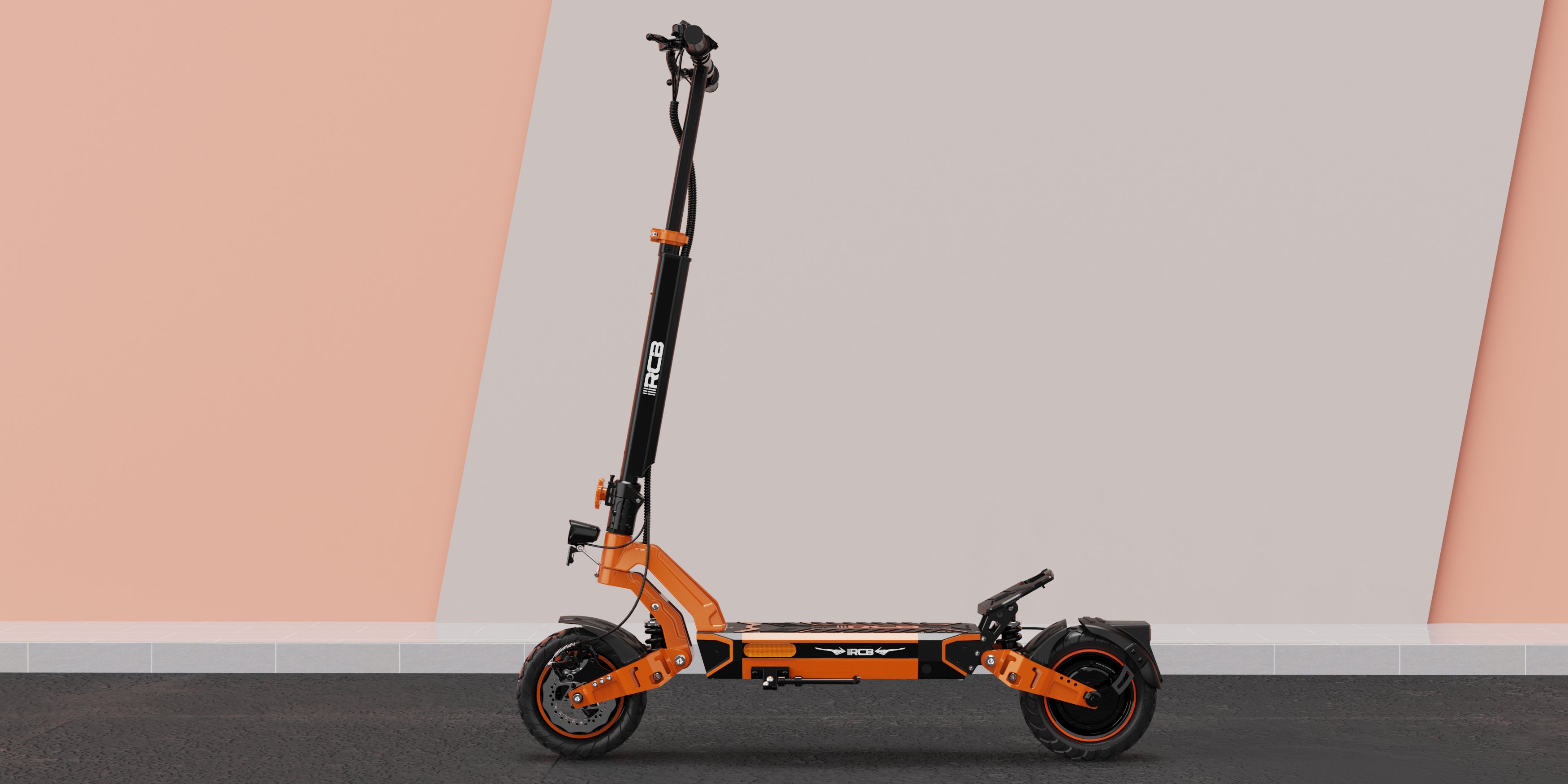







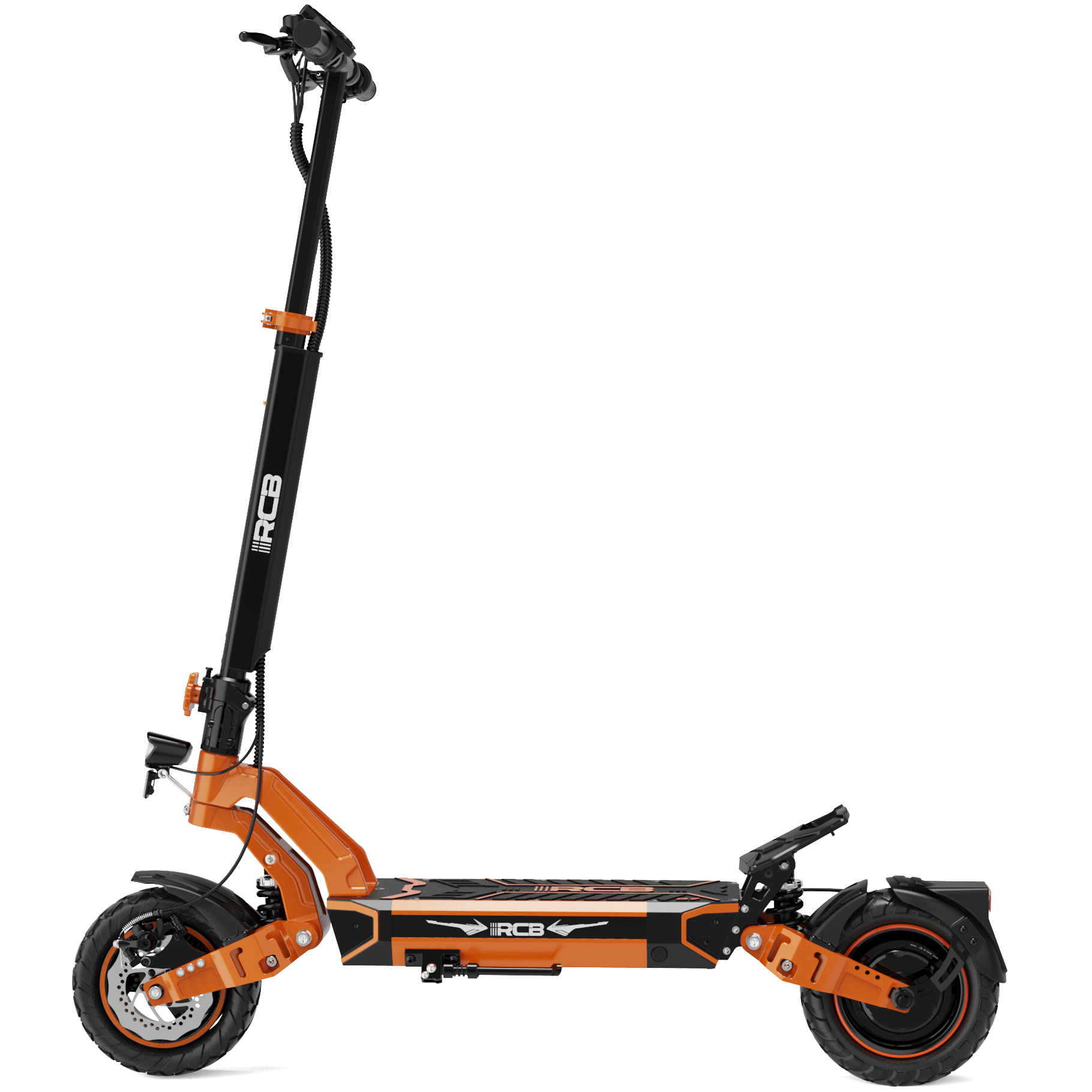
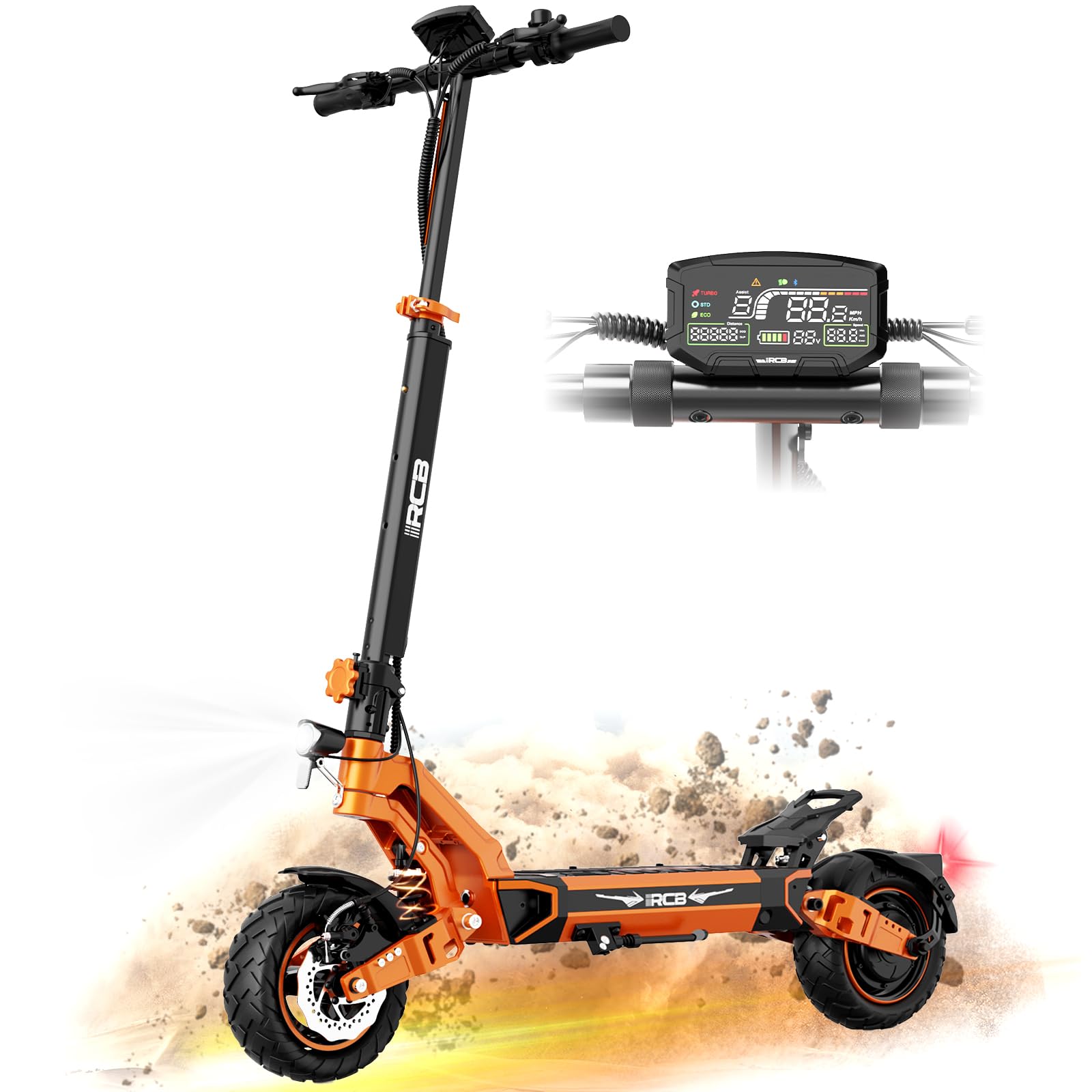
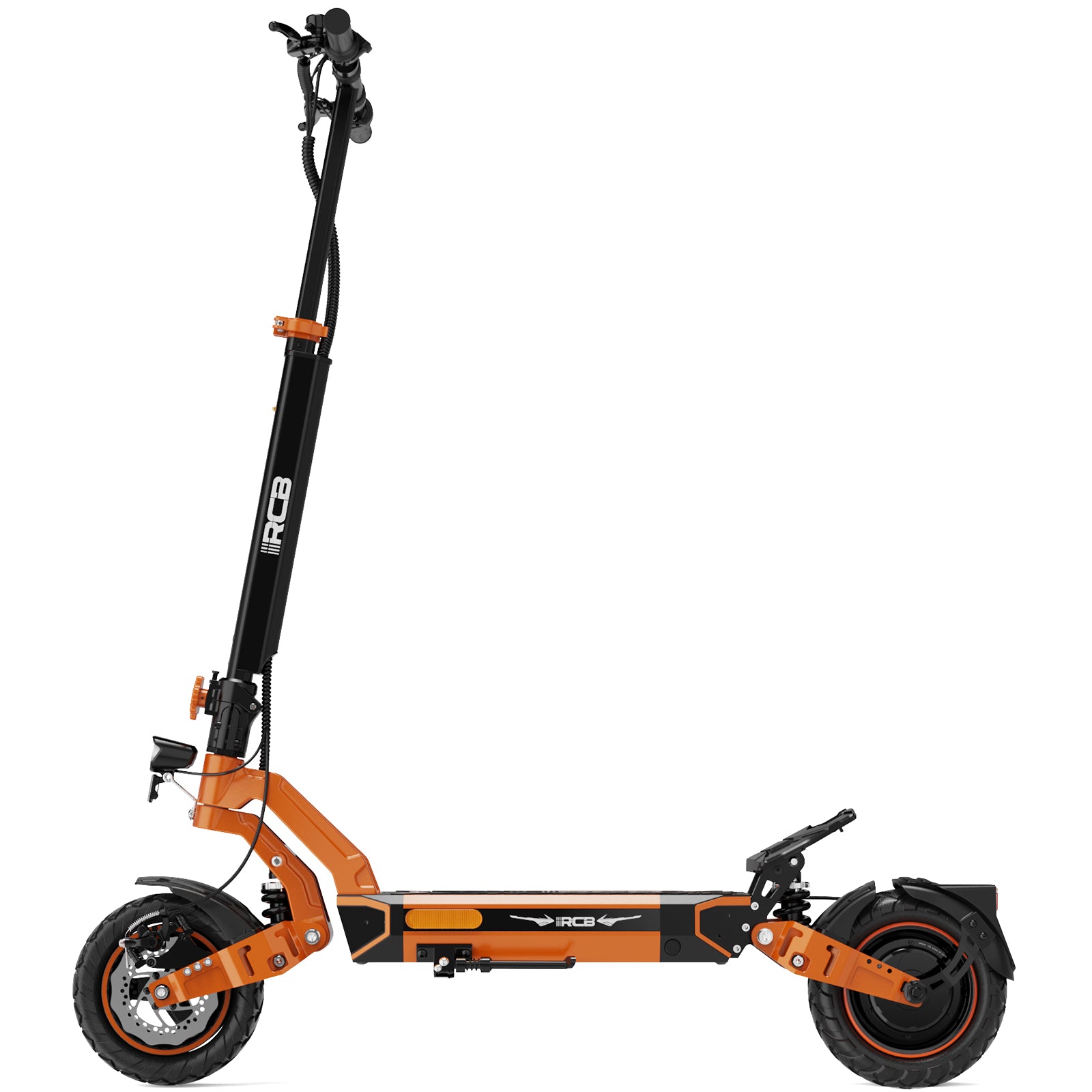
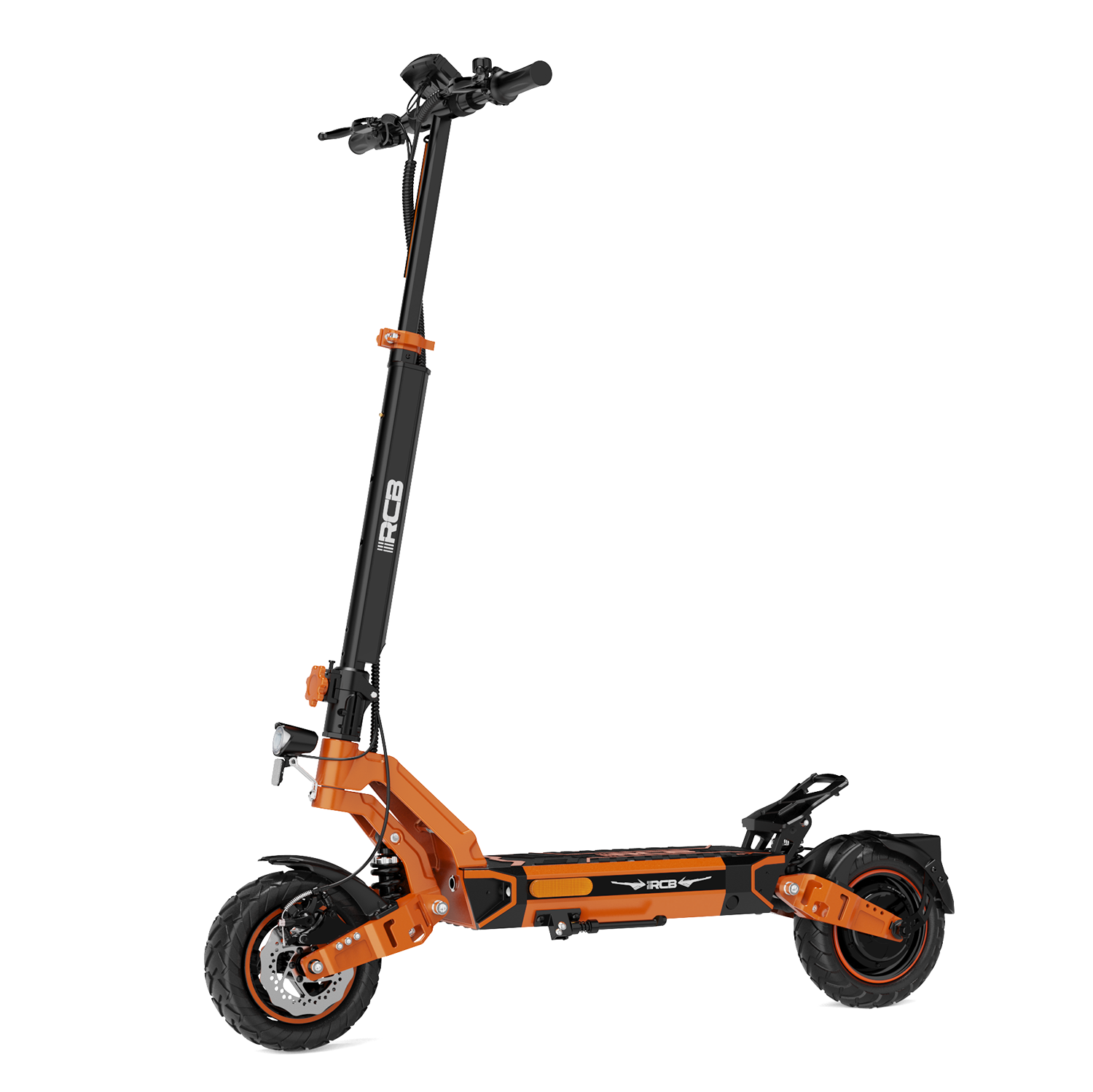
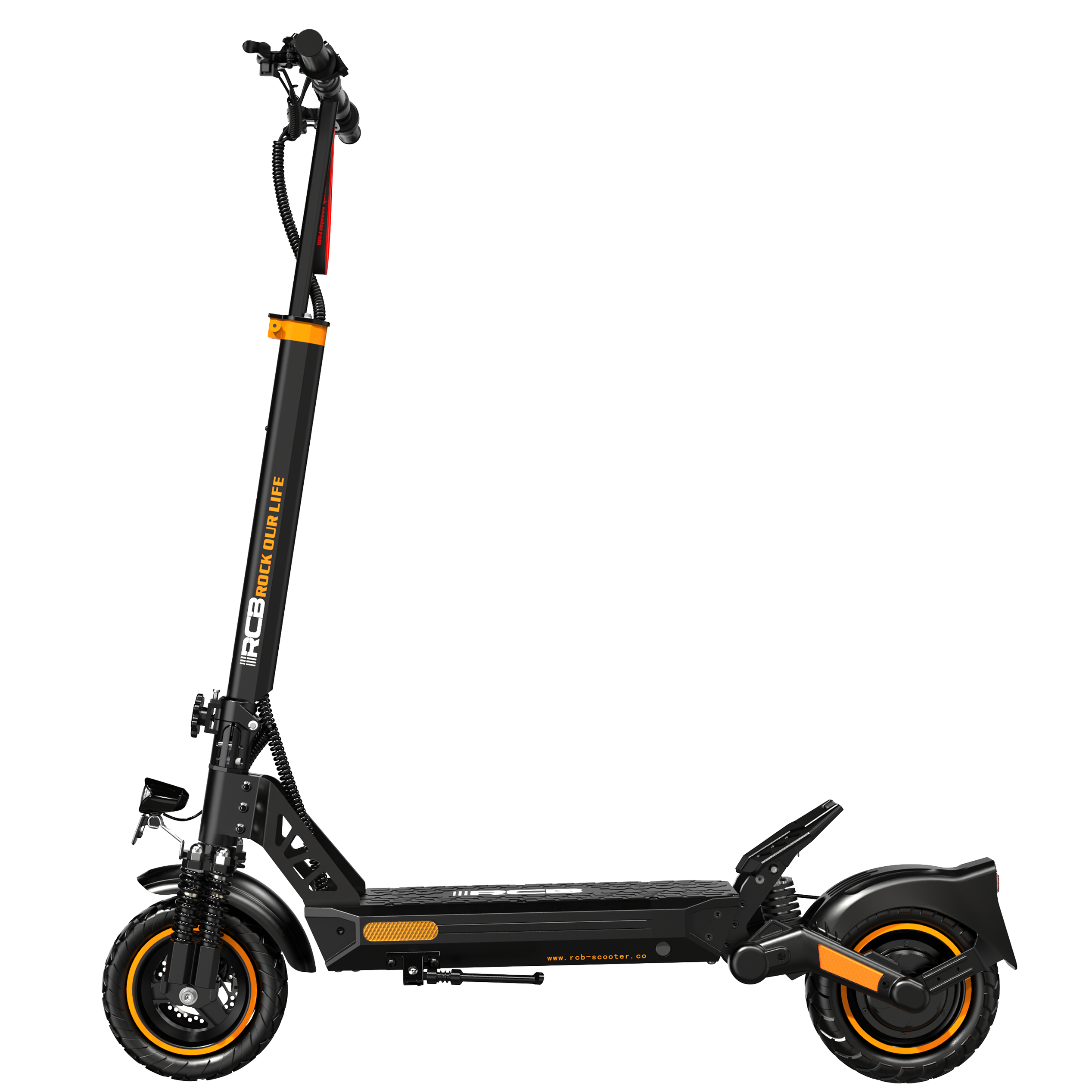
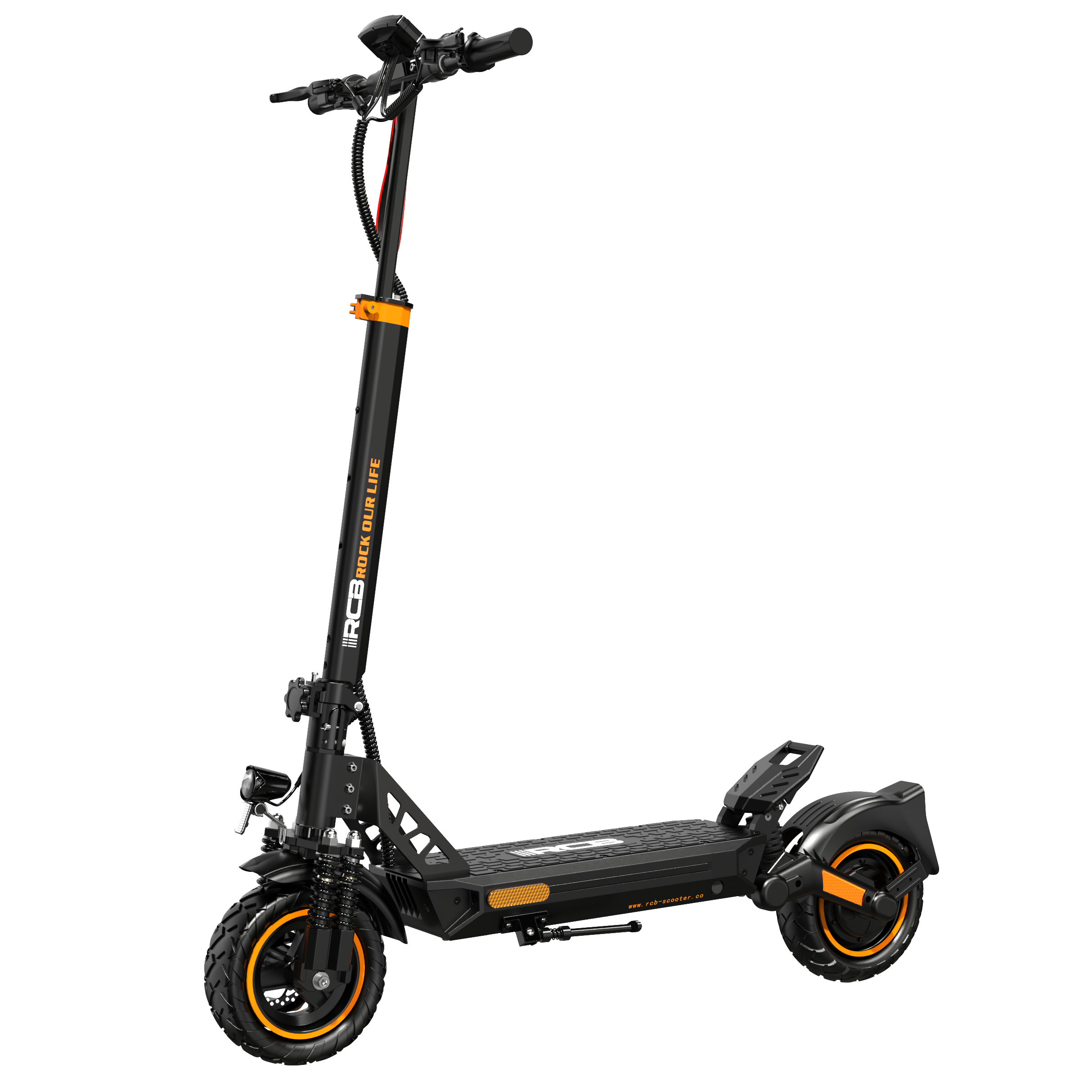
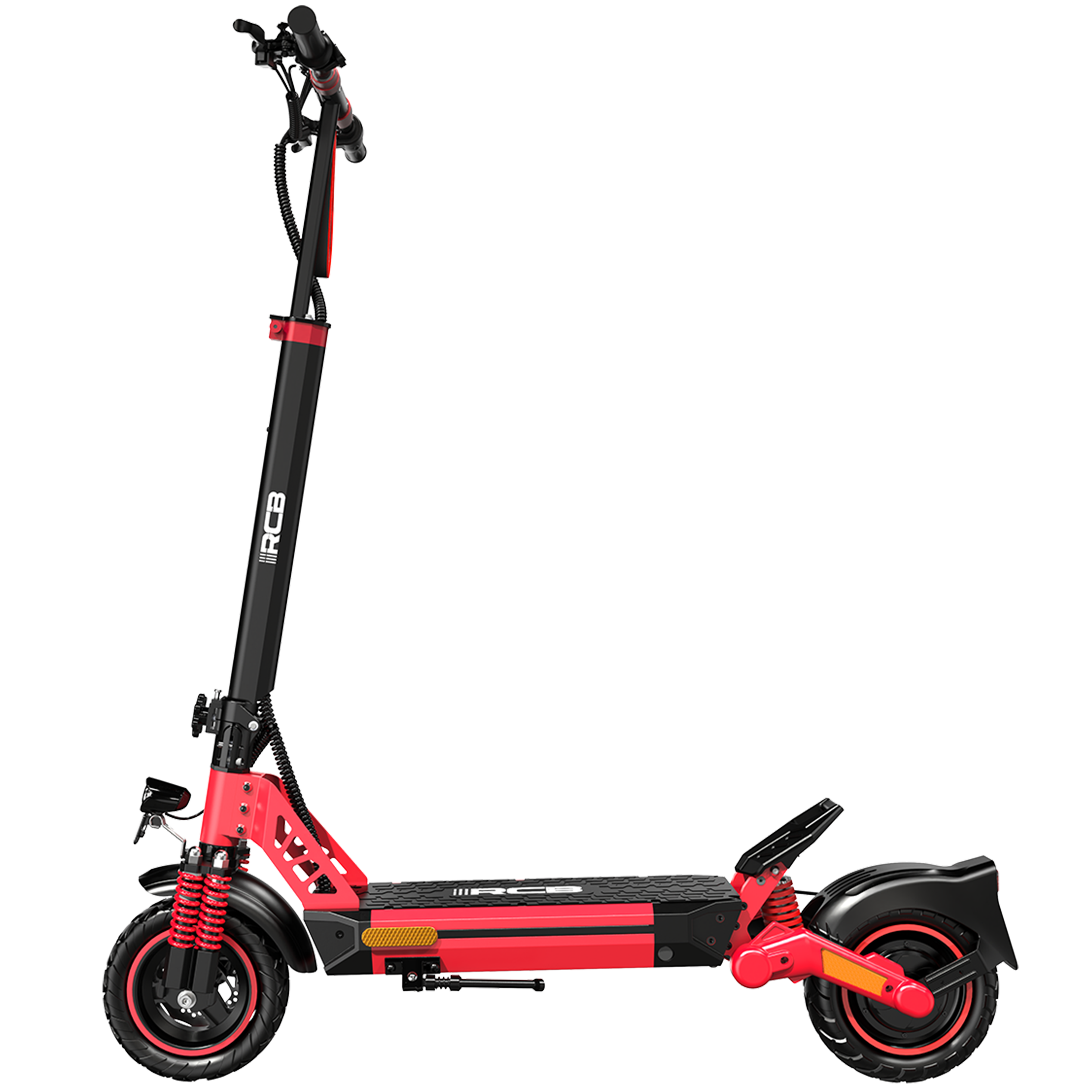
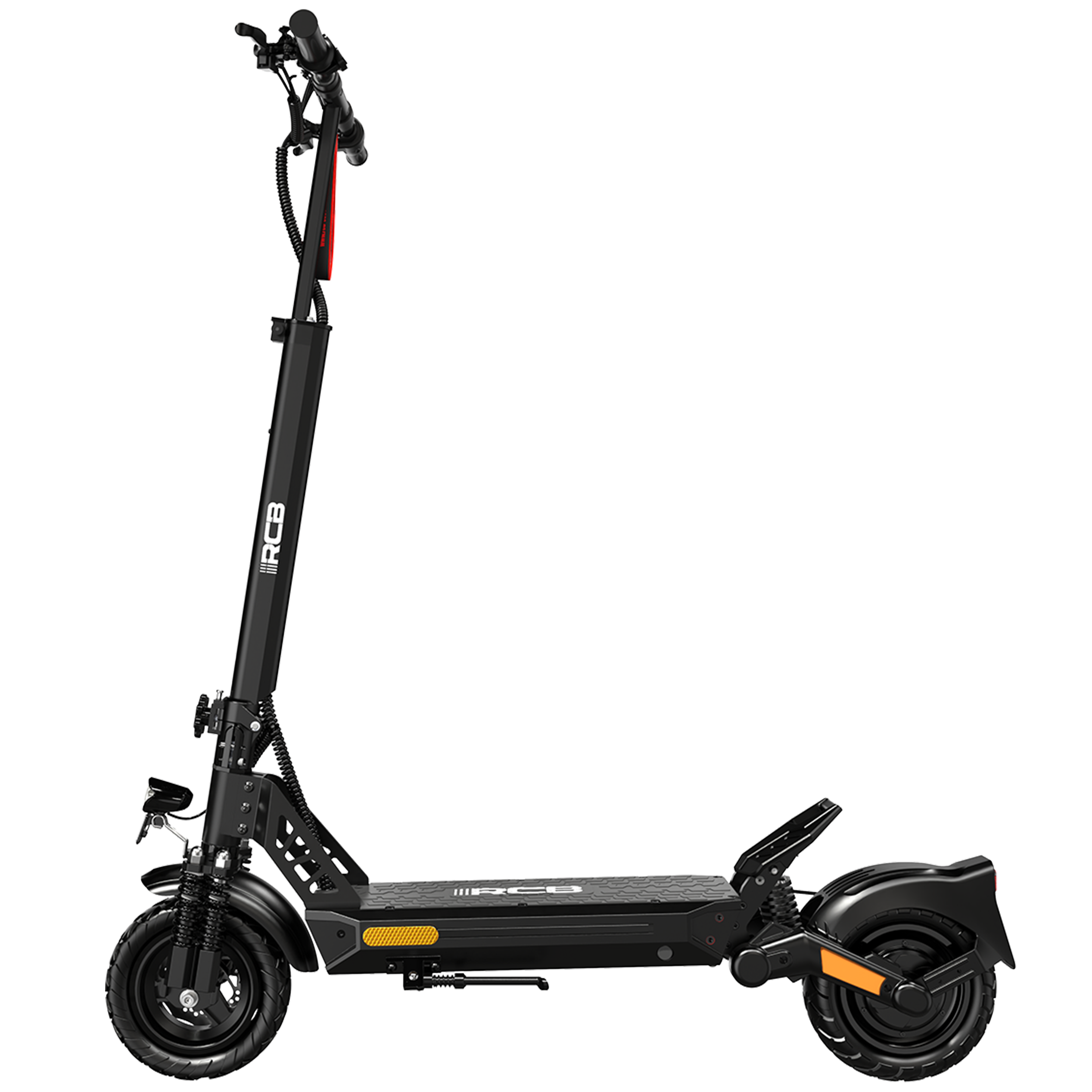
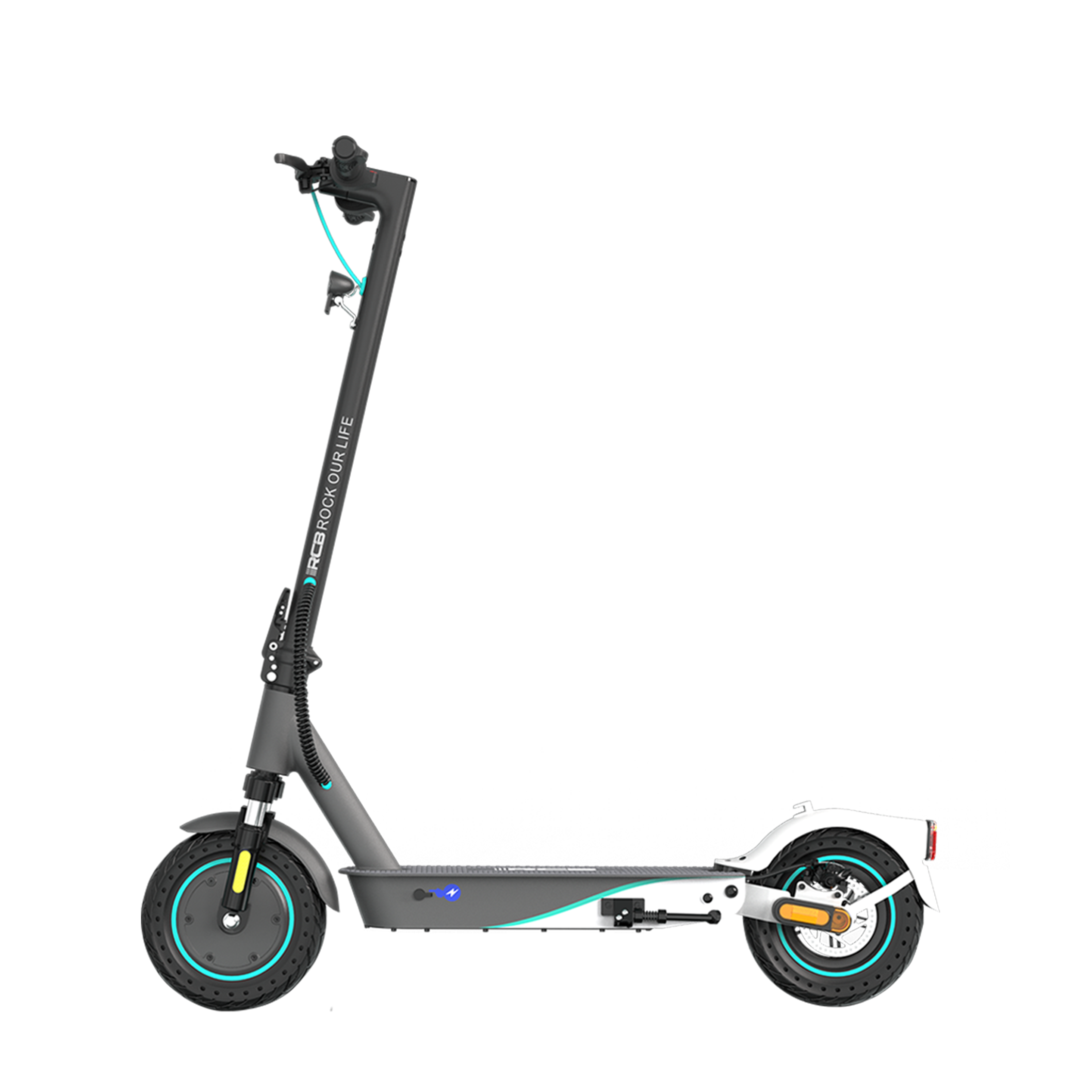
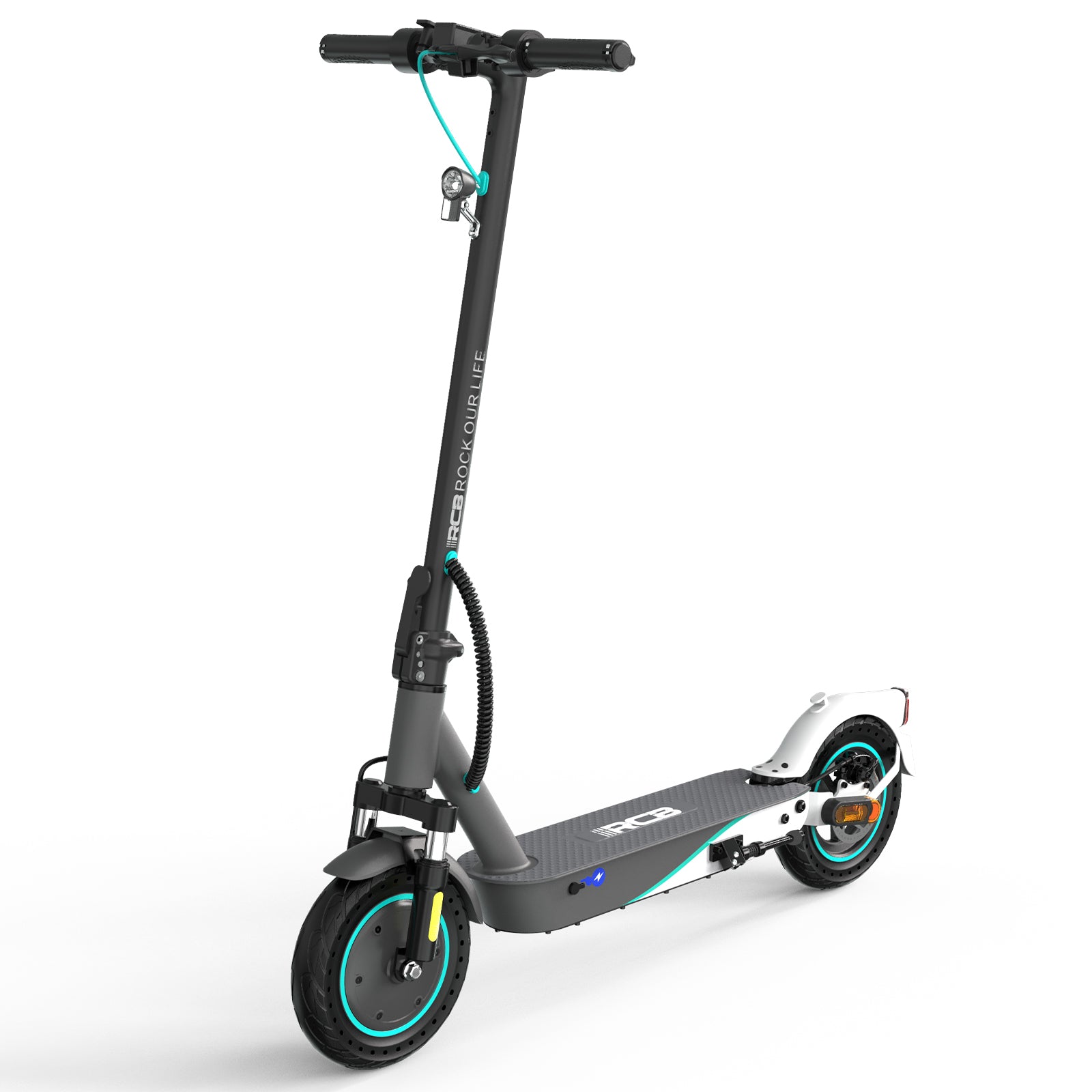
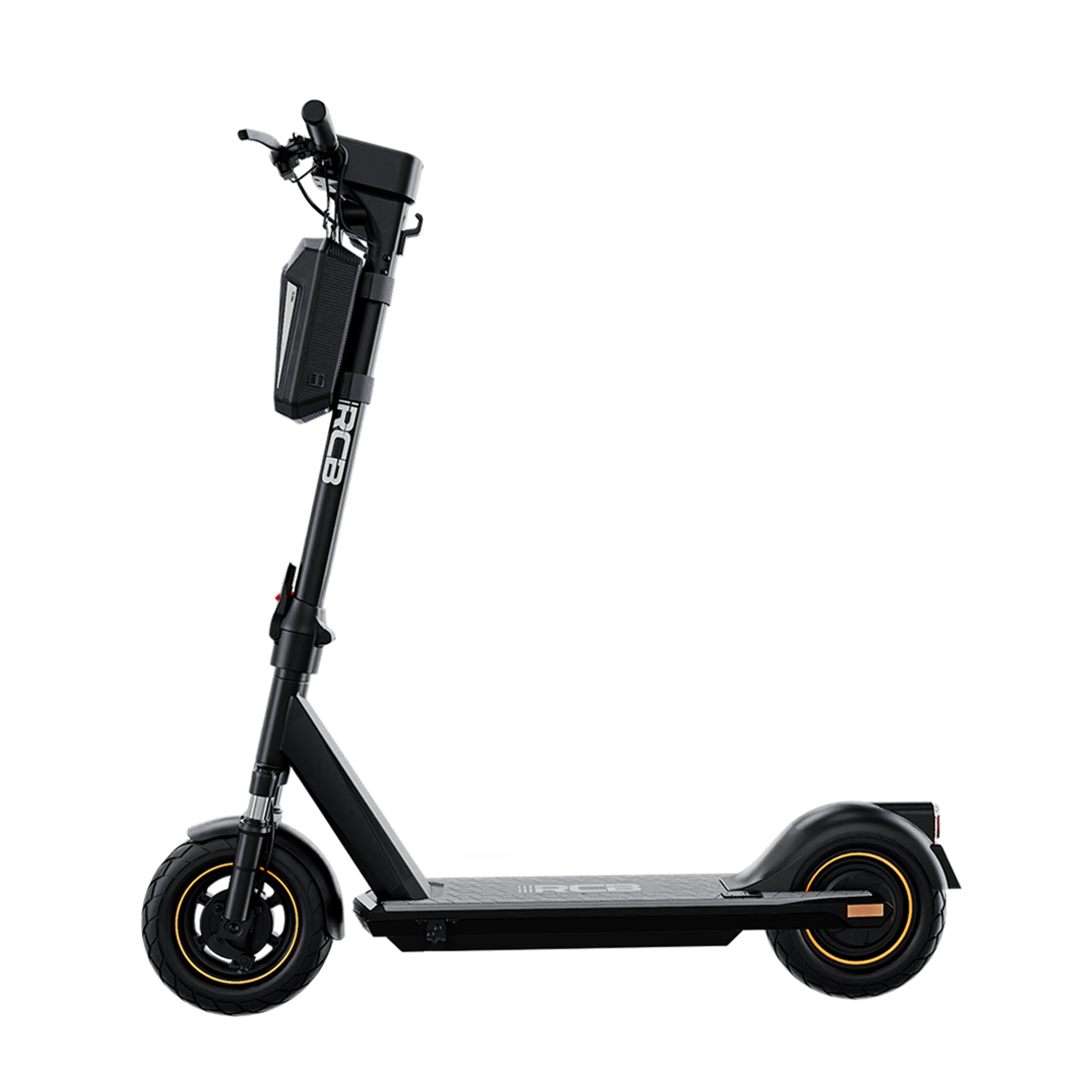
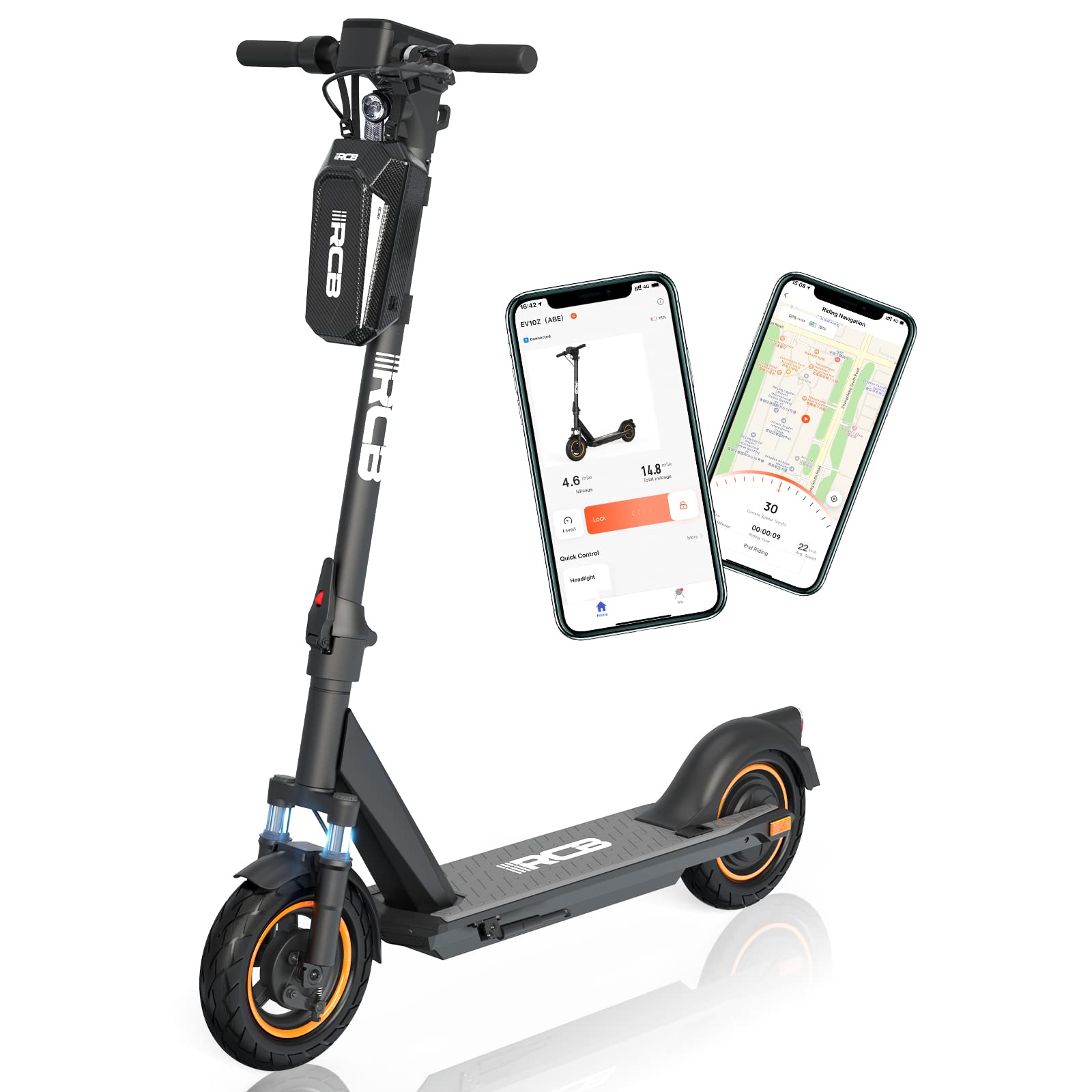
Deja un comentario
Este sitio está protegido por hCaptcha y se aplican la Política de privacidad de hCaptcha y los Términos del servicio.